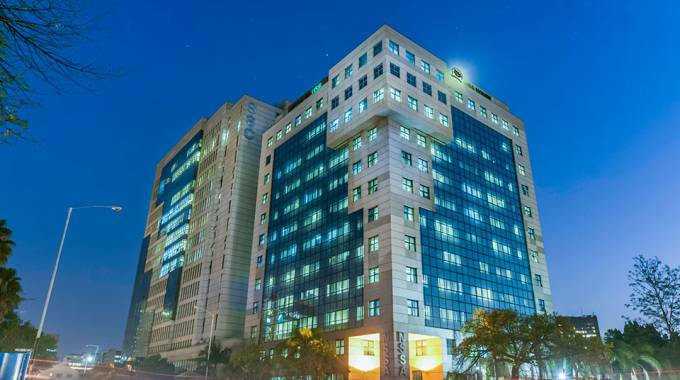Males more employed than women: Zimstats
A Zimbabwe National Statistics Agency (ZimStat) 2022 fourth quarterly labour-force survey has revealed that 56 percent of males are employed in Bulawayo with females only accounting for 48,8 percent.
According to the World Bank employment refers to persons of working age who are engaged in any activity to produce goods or provide services for pay or profit, whether at work during the reference period or not at work due to temporary absence from a job, or to working-time arrangement.
ZimStat says the latest percentages reflect employment levels in relation to population ratio by province and sex. On a national scale, employment to population ratio by province and sex figures show that 44,2 percent are males with females trailing at 25,4.
In Harare, the report shows males account for 61,1 percent of the employed and females 38,3 percent. In the Midlands province, 36,8 percent are males and 20,5 percent females while Matabeleland South has 42,7 percent males and 28,2 percent females.
On the distribution of the employed population aged 15 years and above in the informal sector, the survey shows that 50,1 percent are absorbed in the wholesale and retail trade, sale and repair of motor vehicles and motorcycles.
The mining and quarrying sector employed 13 percent, manufacturing (10,1 percent) while the information and communication technology segment accounted for 0,3 percent.
The survey provides key labour market indicators, which include employment levels, both formal and informal, unemployment, labour underutilisation, income levels, labour migration, and job losses.
ZimStat periodically conducts various surveys countywide such as the Micro, Small to Medium Enterprises (MMSMEs) industry survey, agriculture, and livestock survey, as well as compiling a database of all the business enterprises and establishments operating in different sectors of the economy. In conducting the survey, Zimstats said a two-stage sample design was used in the survey. The first stage was the selection of enumeration areas using probability proportional to size.
The second stage entailed the selection of households in the selected enumeration areas using a systematic random sampling technique. A total of 12,500 households were selected from 500 enumeration areas. The response rate was 95,5 percent, said the agency.
According to ZimStat, employment in the informal economy covers two concepts; informal sector and informal employment. Employment in the informal sector is determined by the characteristics of the enterprise in which a person is employed. “An establishment is considered to be in the informal sector if it is not registered with the Registrar of Companies,” said ZimStats.
“Informal employment is determined by the characteristics of the job a person holds. Informal employment includes the following jobs, own account workers and employers employed in their own informal sector enterprises, unpaid contributing family workers irrespective of whether they work in formal or informal sector enterprises, and paid employees not entitled to any of the following: contribution to the pension fund by employer, paid annual leave, paid sick leave and written contract with employer.”-chronicle.co.zw











